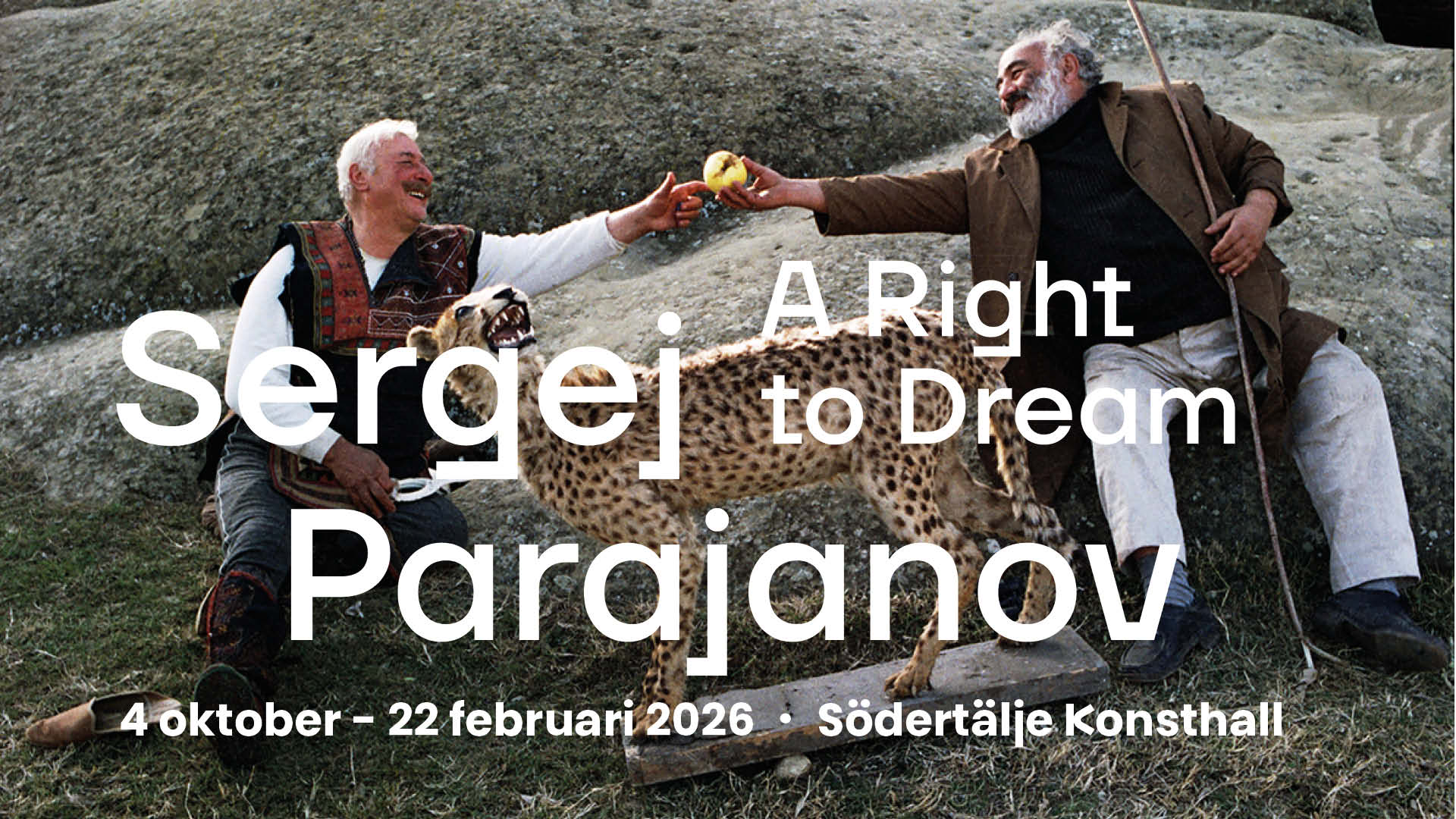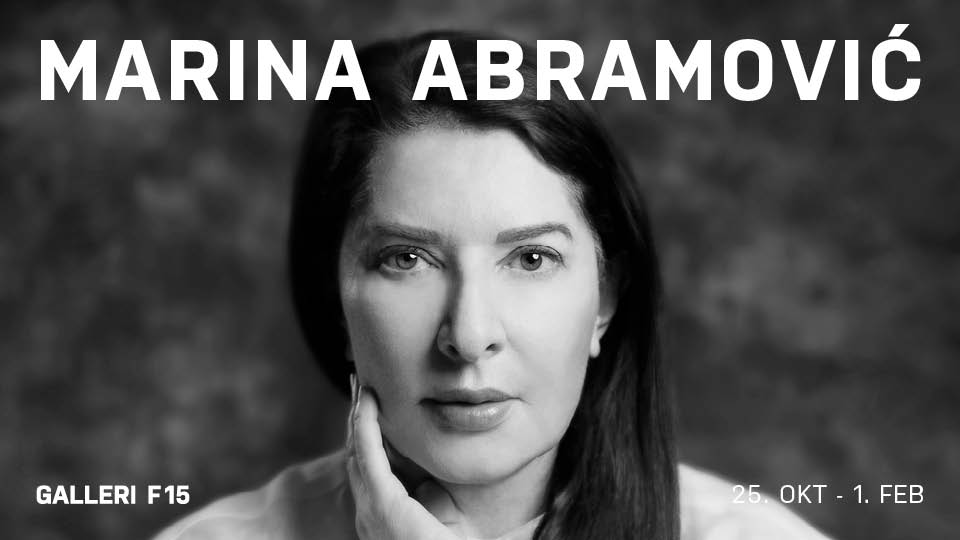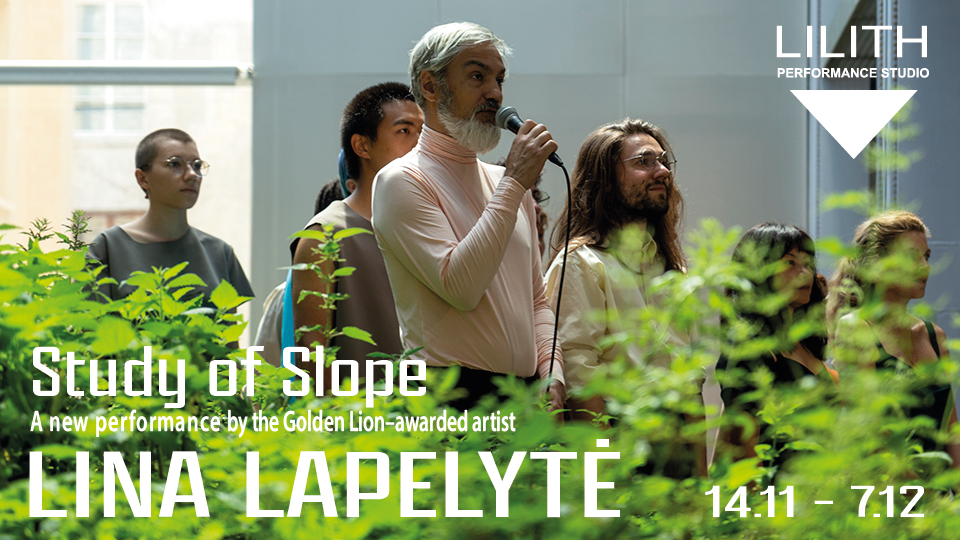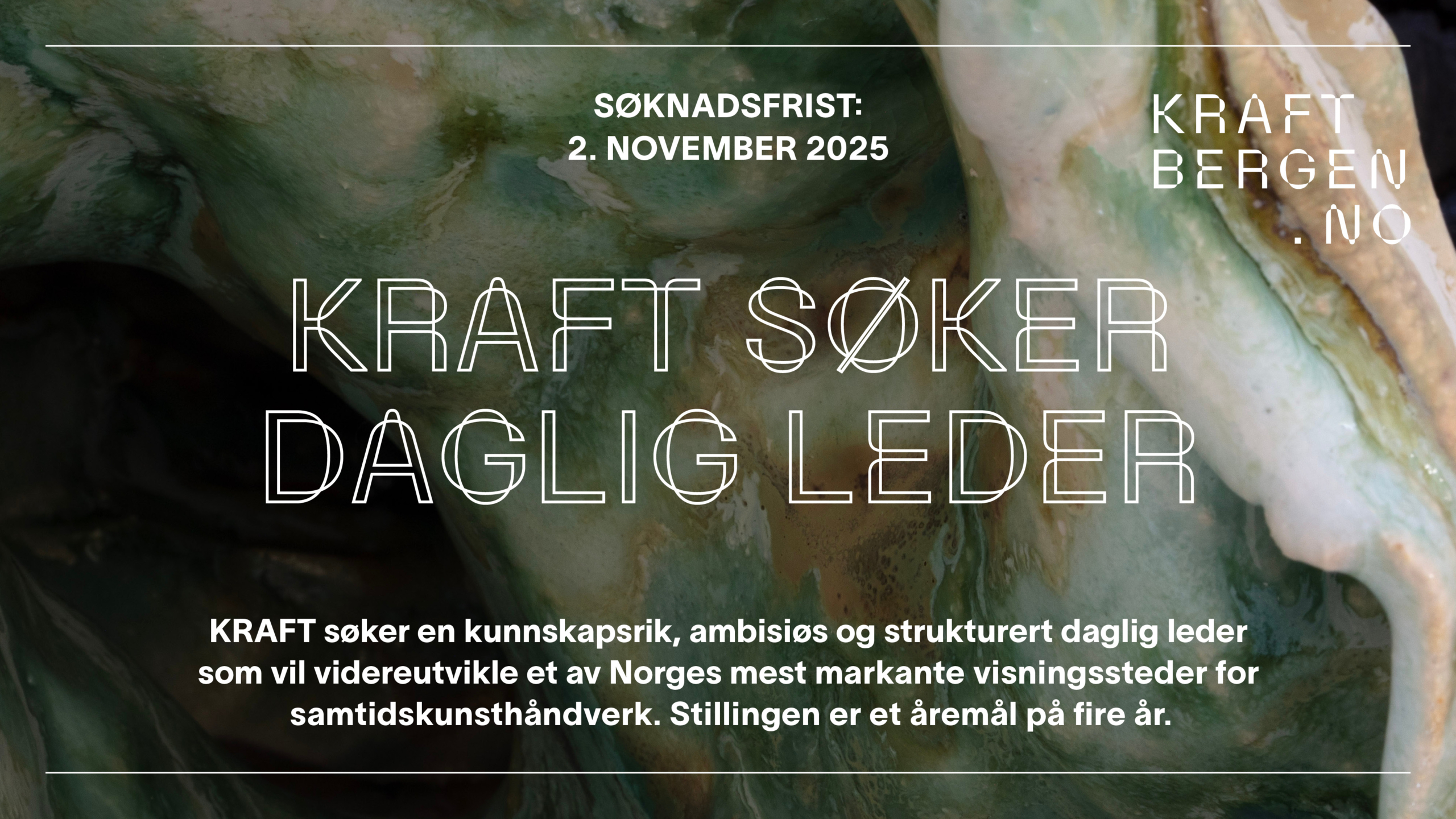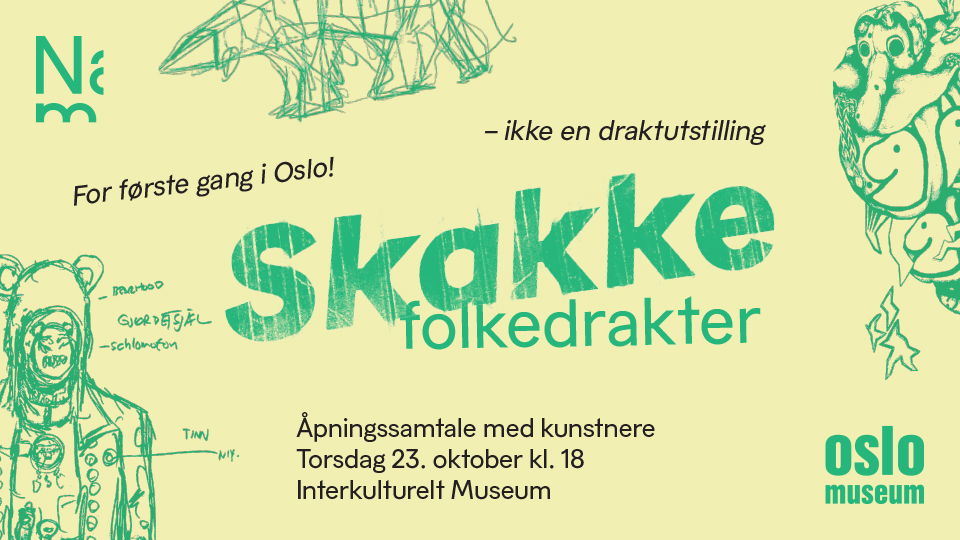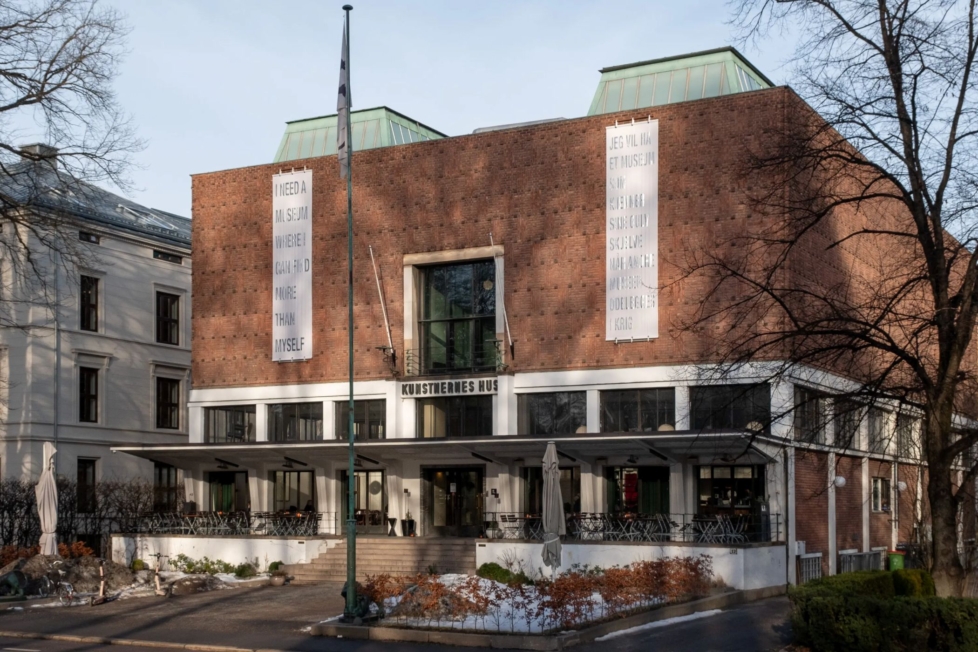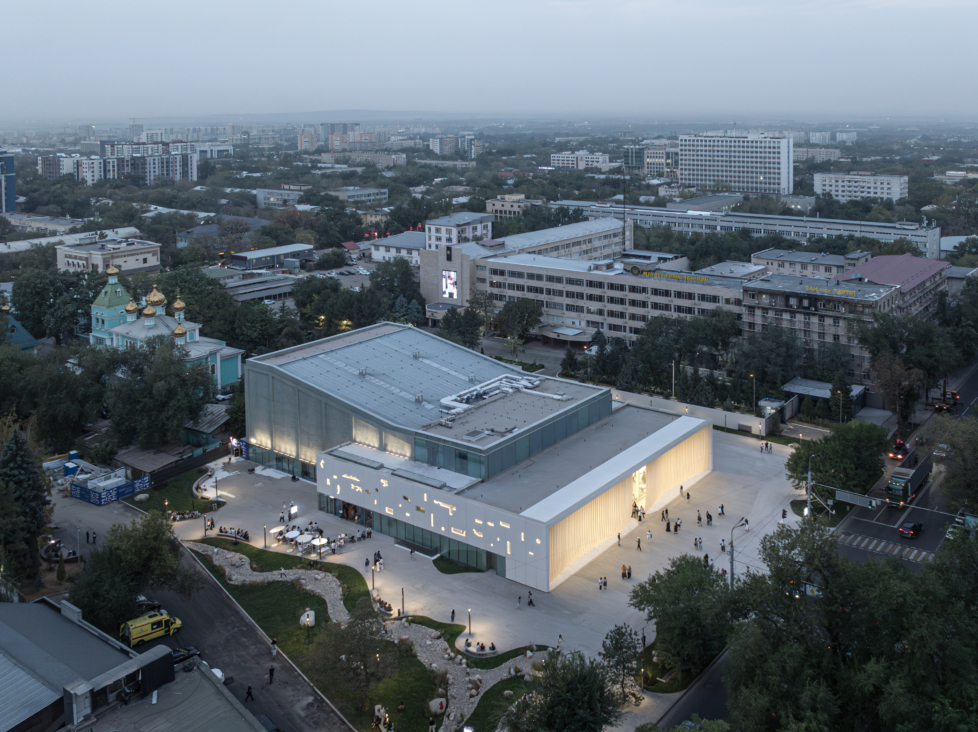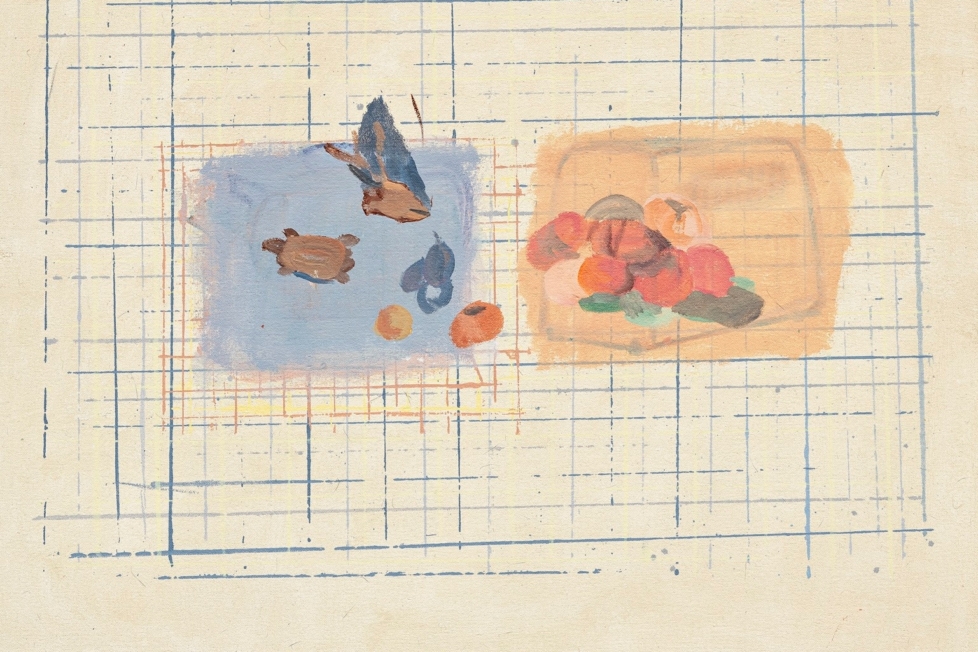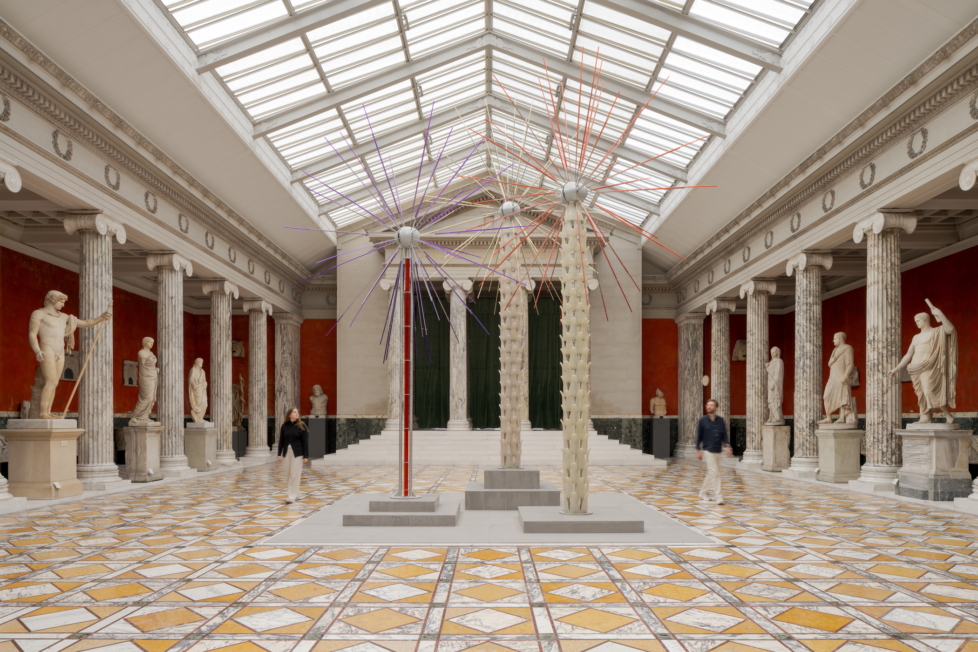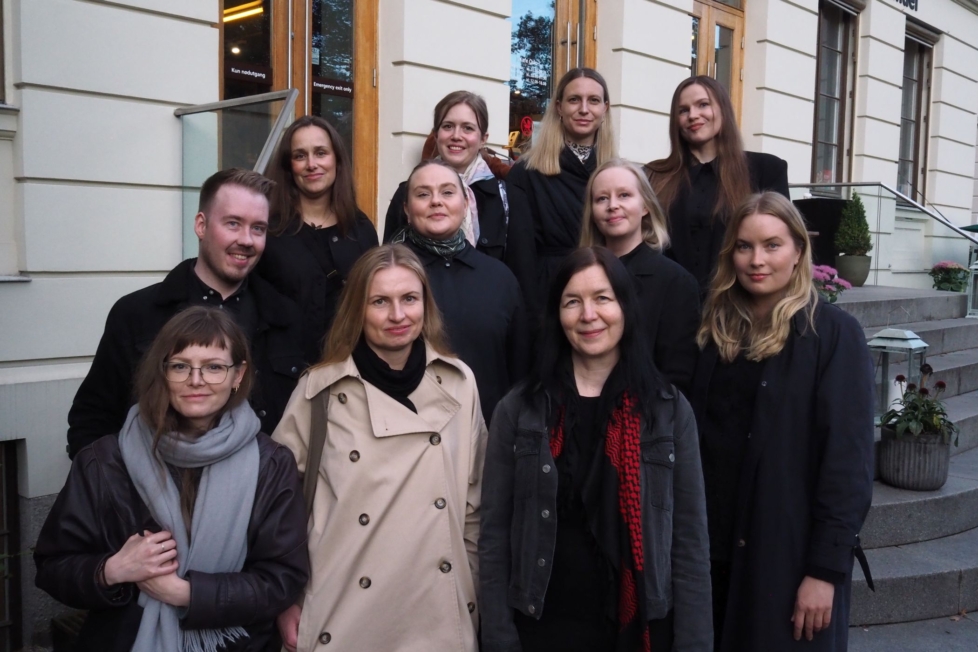
This week, editors of art and culture magazines from across the Nordic and Baltic regions gather in Oslo. Tonight at Litteraturhuset, they host a panel discussion focusing on how magazines can sustain a critical public sphere at a time of growing financial and political pressure. The event coincides with the Arts and Culture Magazine Publishers Forum’s (ACMPF) research trip to Oslo.
The forum was initiated in 2023 by Vaida Stepanovaitė, who at the time was editor-in-chief of the Lithuanian online magazine Artnews.lt. With support from Nordic Culture Point, the first meeting was held in Vilnius in 2023, and the network has since expanded to include editors from EDIT, A Shade Colder, WunderKombinats, Art in Iceland, and Kunstkritikk. The forum is currently led by Jasaitė, editor-in-chief of the Lithuanian art magazine Echo Gone Wrong.
“We quickly realised that this kind of collaboration was fruitful,” Jasaitė told Kunstkritikk. “Not only for the partners themselves, but also for publishers and writers across the region who are eager to connect beyond their own countries.” Jasaitė said that art and culture magazine publishers play a crucial role in shaping critical reflection on contemporary art and culture in the Baltic and Nordic countries. “We all face similar challenges when it comes to building sustainable organisations.”
Echo Gone Wrong covers the art scenes in Lithuania, Estonia, and Latvia. According to Jasaitė, art criticism in the Baltics suffers from a lack of critics and writers. “It’s nearly impossible to find someone who can make a living solely from writing, so criticism tends to be something people do on the side.” Despite this, she finds Baltic art criticism fascinating and “acutely aware of both the local and international context, distinct in its own way while also following global trends.”
Jasaitė said that support systems vary from country to country. Some have long-term funding structures, while others rely more on project-based schemes. In general, all publications depend to some degree on public funding. Financing remains a challenge, and constant fluctuations make it hard to build a sustainable foundation. She added: “The local political and geopolitical situation also plays a part, creating instability that often leads to stagnation or cuts in cultural budgets.”
Still, Jasaitė described the Baltic art scene as vital, with a wealth of events, exhibitions, biennials, and festivals. “As in many small art markets, artists depend on public funding. This makes them more financially vulnerable, but it also allows for a more experimental art scene and fosters unique artistic initiatives,” she said.
While there are only a handful of commercial galleries operating internationally, Jasaitė pointed to a profusion of artist-run initiatives, independent projects, and pop-up exhibitions that provide ample room for experimentation and opportunities for artists to show their work. “As a Lithuanian, it’s hard to remain completely neutral, but I often hear that the art scenes in Lithuania and Estonia are more active, while Latvia has been somewhat more stagnant. That said, Latvia has seen several new initiatives this past year, such as Riga Art Week and the Riga Contemporary Art Fair.”
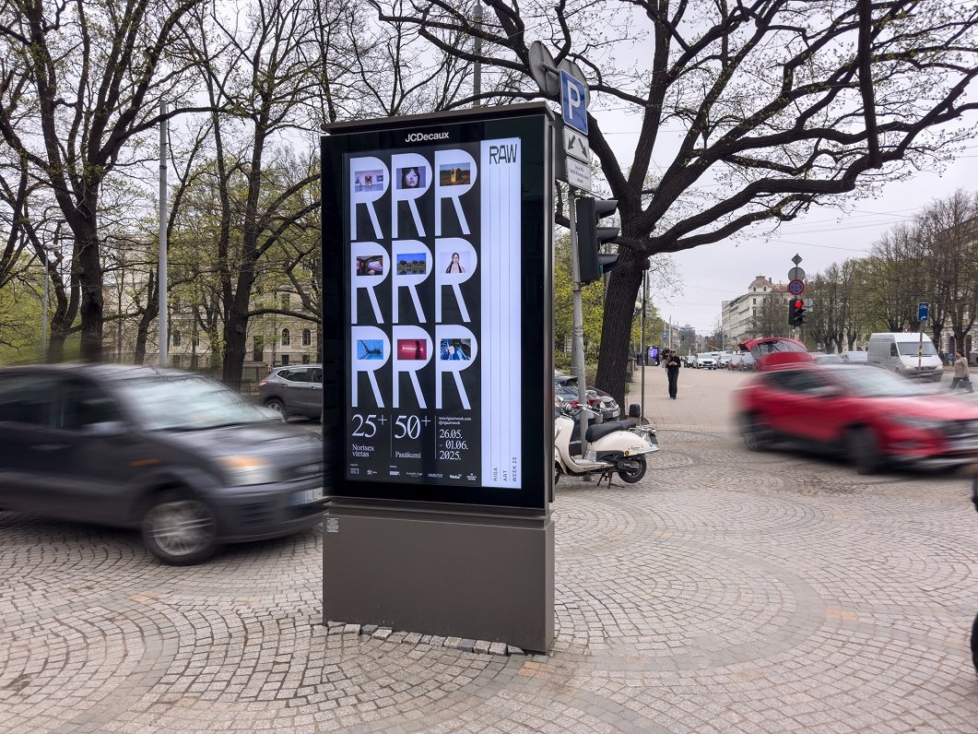
A desire for professional exchange
Rosa Kuosmanen, editor of the Finnish magazine EDIT, said her motivation for joining the network was the desire for a professional community where editors could exchange experience and knowledge about writing and publishing. “Being part of a network that connects art and culture magazines in the Baltic and Nordic countries also makes us more aware of what’s happening on the art scenes across the region,” she said.
Kuosmanen noted that Finland has several small cultural magazines and active art writers, but there is a clear need for more outlets, platforms, and sustainable funding structures. Kuosmanen said that it is challenging to establish or maintain a financially stable independent art magazine, and she observed that the amount of art criticism in daily newspapers has dropped significantly in recent years. “Public funding for arts and culture magazines and art criticism has also decreased, which affects not only the writers and publications themselves but also the overall visibility of art and culture in society.” However, Kuosmanen pointed out that some foundations provide grants for individual critics or projects in art journalism and criticism, but she stressed the importance of maintaining professional art criticism in media that reach broader audiences.
According to Kuosmanen, Helsinki hosts a particularly active and diverse contemporary art scene, with a mix of public, commercial, and artist- or curator-run spaces. “Among the independent spaces, my personal favourites are Kohta Kunsthalle, Sic Gallery, and Sinne Gallery.” She also highlighted newer initiatives such as the curator-run Pitted Dates and Sunnyside, as well as established commercial galleries like Galerie Anhava, Helsinki Contemporary, and Galerie Forsblom. In October, Makasiini Contemporary – currently based in Turku – will open a new space in Helsinki, which she expected would be an exciting addition to the scene.
“The Finnish government,” Kuosmanen added, “has made significant cuts to arts and culture funding over the past two years. These cuts affect the entire sector, from art organisations to independent magazines. Competition for state artist grants is also extremely tight.”
International networks are invaluable
Becky Forsythe, co-editor of Art in Iceland, said her magazine joined the network out of a need to reach beyond Iceland’s geographically isolated art scene. “International networks like this are invaluable in our field. They enable us to organise, collaborate, contribute, rely upon, and support one another.”
As editor of a newly founded magazine, Forsythe saw value in connecting with like-minded professionals to share experiences. She said the need for art criticism in Iceland is greater than ever. The small size of the art scene limits both the scale and freedom of critical discourse. “For the most part, art criticism is carried by a few national newspapers, which have indeed devoted more attention to art and culture in recent years, though the coverage remains limited.”
Forsythe argued that independent and community-driven platforms like Art in Iceland help expand the field. Securing long-term funding and developing pathways for new critics to find their voice are among the central challenges. “Our aim is to build continuity in art writing and connect local discussions to international ones, while supporting writers and artists whose work often goes underfunded.”
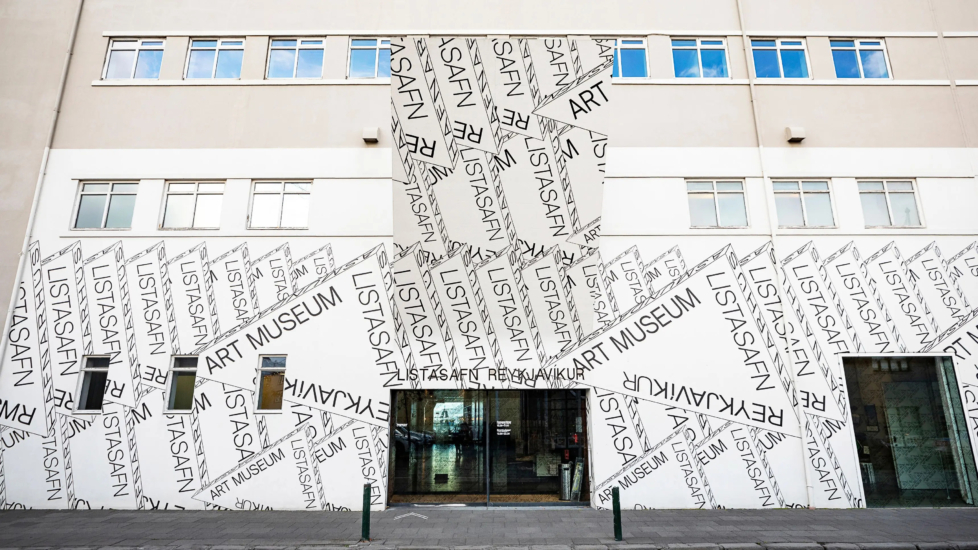
Forsythe described the Icelandic art scene as highly self-organised and resilient, remarkably active given its size, and characterised by a close interplay between public institutions and artist-run initiatives. “Reykjavík is the natural centre, with institutions such as the National Gallery of Iceland, Reykjavík Art Museum, and the Living Art Museum. Around them exists a network of artist-run and independent spaces – including Kling & Bang and a shifting constellation of smaller initiatives – that keeps the scene dynamic and open to experimentation,” she said.
While Icelandic commercial galleries operate on a smaller scale, they play an important role in connecting Icelandic artists with international audiences, according to Forsythe. She said the most exciting programming often emerges in collaborations between artist-run initiatives and institutions, such as the Sequences Real Time Art Festival. She also noted that there is growing interest in environmental and geopolitical perspectives, reflecting Iceland’s position between the Arctic, the North Atlantic, and Europe.
A global trend
Tonight’s panel discussion begins at 18:30. In addition to Jasaitė, Kuosmanen, and Forsythe, participants include Kaarin Kivirähk (A Shade Colder) and Elīna Ķempele (WunderKombinats). Kunstkritikk Editor-in-Chief Mariann Enge, who has been part of the network since its founding in 2023, will moderate the discussion. “The pressure on the art field is a global trend, felt to varying degrees across these regions. The editors will share perspectives from their respective countries and discuss strategies to strengthen conversations on art and culture, both locally and internationally,” Enge said.
